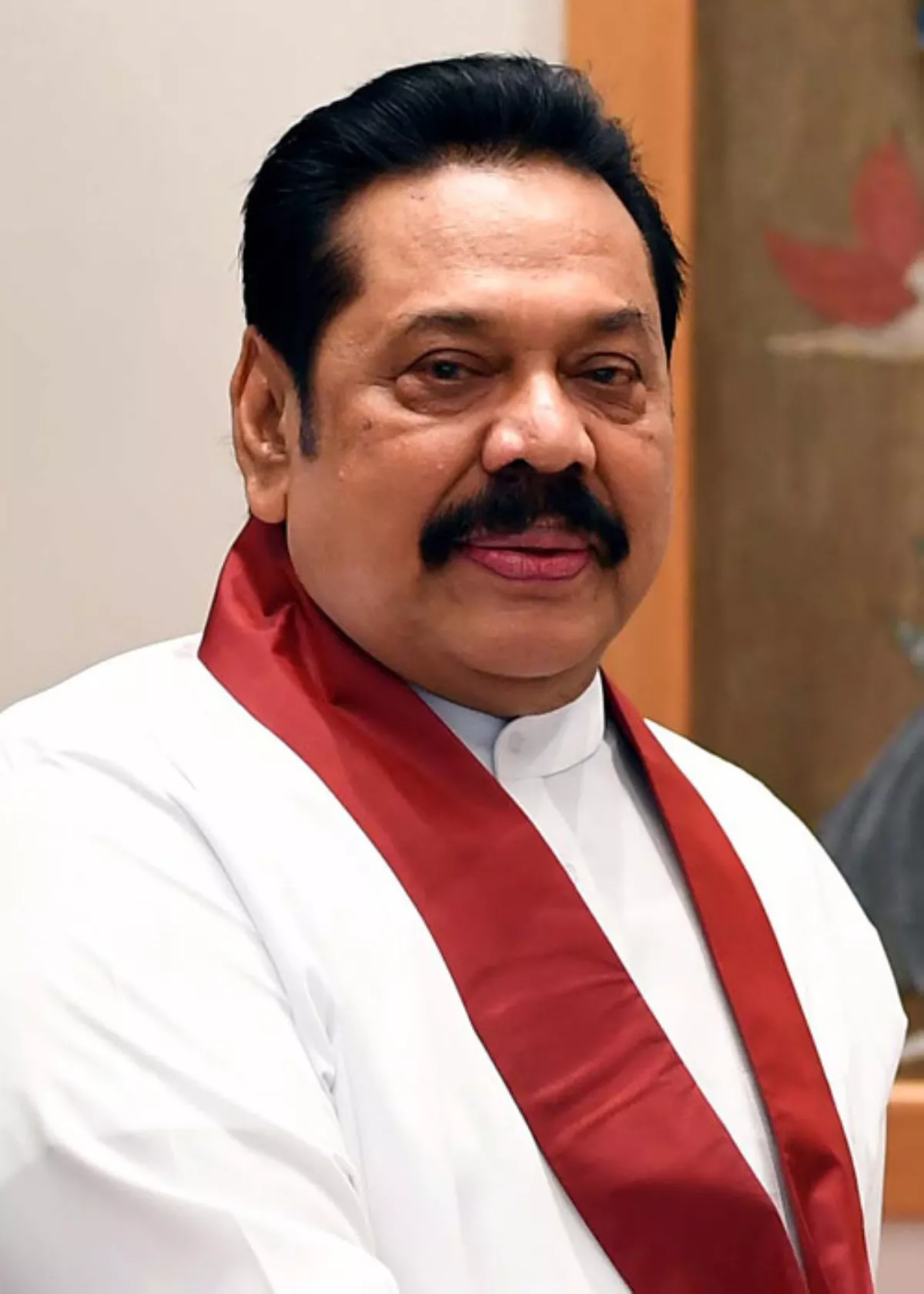 1.
1. Mahinda Rajapaksa served as the sixth President of Sri Lanka from 2005 to 2015; the Prime Minister of Sri Lanka from 2004 to 2005,2018, and 2019 to 2022; the Leader of the Opposition from 2002 to 2004 and 2018 to 2019, and the Minister of Finance from 2005 to 2015 and 2019 to 2021.